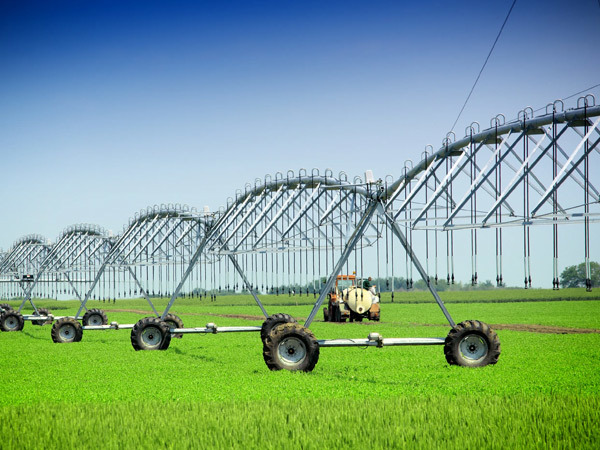Application fields of two-wheel translation sprinkler
Release time:
Jun 11,2025
As a type of agricultural irrigation equipment, the design of the two-wheeled horizontal sprinkler focuses more on flexibility and adaptability to specific scenarios. The following is a detailed introduction to its application fields and scenario characteristics from different dimensions:
As a type of agricultural irrigation equipment, the design of the two-wheeled horizontal sprinkler focuses more on flexibility and adaptability to specific scenarios. The following is a detailed introduction to its application fields and scenario characteristics from different dimensions:
1. Small and medium-sized farmland and irregular plots
Applicable scenarios: family farms, small planting bases, scattered plots in hilly or mountainous areas, and farmland with irregular shapes (such as narrow and long, corner plots).
Advantages:
The two-wheel design has a more compact structure and a small turning radius. It can flexibly adjust the path in narrow ridges or irregular plots to avoid irrigation blind spots caused by plot shape restrictions.
The equipment is small in size, light in weight, easy to transport and move, and suitable for frequent transfer operations of small-area farmland (such as rotation irrigation of different plots).
2. Economic crops and high-value-added planting areas
Applicable scenarios: vegetable greenhouses, orchards (such as vineyards, citrus orchards), flower planting bases, Chinese medicinal materials planting areas and other economic crop production areas with high requirements for irrigation accuracy.
Advantages:
The water volume can be precisely controlled by adjusting the walking speed and sprinkler pressure to meet the water demand of cash crops at different growth stages (e.g., small amounts of multiple irrigations are required in the seedling stage, and deep water replenishment is required in the mature stage).
Sprinkler irrigation prevents water from directly washing the roots or fruits of crops, reduces the breeding of pests and diseases and crop damage (e.g., water accumulation on vegetable leaves can easily cause diseases), and ensures the quality of high value-added crops.
3. Areas with water shortage or complex terrain
Applicable scenarios: areas with limited water resources or large terrain fluctuations such as arid and semi-arid areas in the northwest, mountain terraces, and slopes.
Advantages:
Sprinkler irrigation saves more than 30% of water compared to flooding, and can improve water resource utilization in water-scarce areas. It can also be upgraded to a "spray-drip combination" mode with drip irrigation accessories to further save water.
The two-wheel design can adjust the body balance through a hydraulic or electronic control system, operate stably on slopes below 10°, adapt to slightly undulating terrain, and avoid the "upper drought and lower flooding" problem of traditional fixed sprinkler irrigation on slopes.
4. Temporary or seasonal planting areas
Applicable scenarios: rotation farmland, temporary seedling base, post-disaster replanting area and other scenarios that require short-term or flexible irrigation.
Advantages:
The equipment is easy to install and disassemble, and can be quickly deployed on temporary plots, without the need for long-term fixed pipelines, reducing one-time investment costs.
For seasonal crops (such as summer corn and winter vegetables), the irrigation plan can be flexibly adjusted according to the planting cycle to avoid idle waste of fixed equipment.
5. Special agricultural scenarios and auxiliary irrigation
Applicable scenarios:
Irrigation of pasture and grassland: In small and medium-sized pastures, irrigation can be carried out along the edge of the pasture to evenly cover the pasture growth area, promote uniform growth of pasture, and increase livestock carrying capacity.
Nursery and greening projects: When raising seedlings in the nursery, the amount of watering needs to be accurately controlled to avoid waterlogging of seedlings; in scenes such as urban greening lawns and green belts on both sides of roads, efficient irrigation can be achieved through two-wheeled translation equipment.
Greenhouse re-irrigation: In a multi-span greenhouse, the equipment can be moved along the track and cooperate with the humidity sensor in the greenhouse to achieve automatic re-irrigation, while avoiding the high temperature and high humidity environment caused by artificial irrigation.
Learn more about industry dynamics
PRODUCT CENTER
CONTACT US
Address: 2-1-2301, Phoenix International Plaza, High-tech Zone, Jinan City, Shandong Province
Quality of service to win customer satisfaction


Shandong Yihe Agricultural Technology Co., Ltd.




